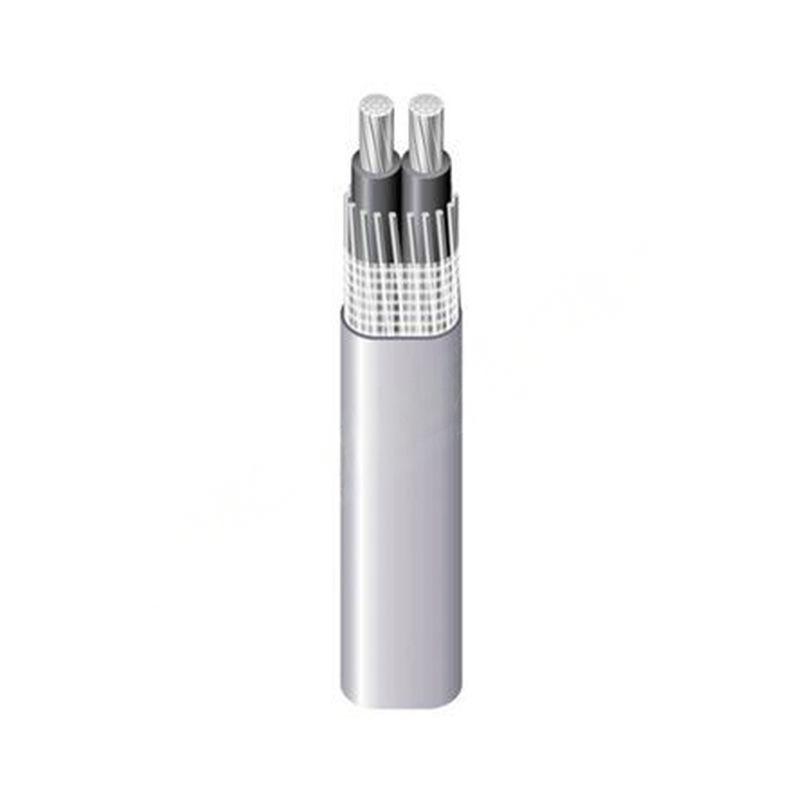Nov . 05, 2024 22:34 Back to list
industrial swing check valve
Understanding Industrial Swing Check Valves Function, Types, and Applications
Industrial swing check valves are crucial components in piping systems, enabling fluid flow while preventing backflow. These valves operate using a hinged disc that swings away from the seat when the fluid flows in the forward direction. When the flow stops or reverses, the disc swings back to the closed position, effectively sealing the system and preventing any reverse flow.
Functionality
The primary function of a swing check valve is to ensure that the fluid travels in one direction, protecting downstream equipment and maintaining system efficiency. One of the key advantages of swing check valves is their low-pressure drop during operation. Unlike other types of check valves, such as lift check valves, swing check valves do not require significant pressure to open since the disc's weight assists in sealing when there’s no flow.
Types of Swing Check Valves
There are several variations of swing check valves, each designed for specific applications
1. Standard Swing Check Valve This is the most commonly used type, featuring a simple design that allows for easy maintenance and installation. It is suitable for various industrial applications, including water treatment, oil, and gas.
2. Spring-loaded Swing Check Valve To enhance the sealing capability and prevent the disc from slamming shut, some designs incorporate a spring mechanism. This type is particularly useful in applications with rapid pressure changes, as it aids in preventing water hammer effects.
industrial swing check valve

3. Horizontal and Vertical Swing Check Valves The orientation of the valve can affect its performance. Horizontal swing check valves are typically used in horizontal pipelines, while vertical swing check valves are suited for vertical piping needs.
Material Selection
The materials used for swing check valves can vary significantly, depending on the application environment. Common materials include cast iron, stainless steel, and carbon steel, each selected for their resistance to corrosion, temperature extremes, and pressure conditions. Choosing the right material is essential to ensure valve longevity and reliability.
Applications
Industrial swing check valves find use in a multitude of applications. In water and wastewater treatment facilities, they prevent backflow that could contaminate clean water supplies. In the oil and gas sector, they play an essential role in pipelines to prevent liquid and gas backflow, thereby safeguarding equipment and maintaining operational integrity. Additionally, these valves are commonly found in HVAC systems, power plants, and various chemical processing industries.
Conclusion
In summary, industrial swing check valves are integral to maintaining the reliable operation of fluid systems across various sectors. Their ability to enable flow in one direction while preventing backflow not only protects equipment but also enhances overall system efficiency. Understanding the different types, materials, and applications of swing check valves is essential for engineers and operators seeking to optimize their systems for performance and durability. As industries continue to evolve, so too will the designs and technologies associated with these vital components, ensuring safety and efficiency in fluid handling processes.
Share
-
Reliable Wafer Type Butterfly Valves for Every IndustryNewsJul.25,2025
-
Reliable Flow Control Begins with the Right Ball Check ValveNewsJul.25,2025
-
Precision Flow Control Starts with Quality ValvesNewsJul.25,2025
-
Industrial Flow Control ReliabilityNewsJul.25,2025
-
Engineered for Efficiency Gate Valves That Power Industrial PerformanceNewsJul.25,2025
-
Empowering Infrastructure Through Quality ManufacturingNewsJul.25,2025